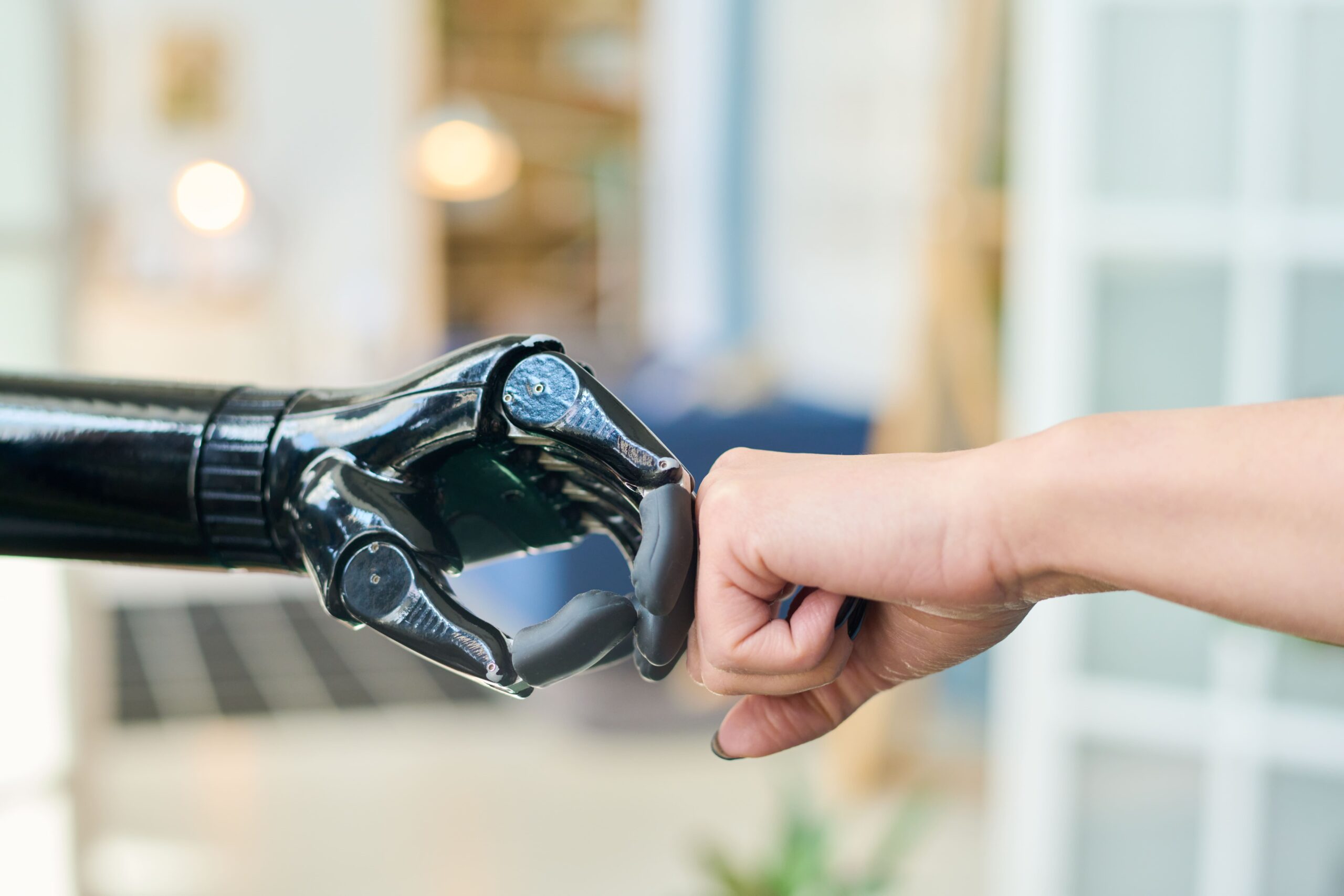Digital twin in healthcare is becoming more and more popular. They help doctors and patients see the same patient from different perspectives, which can save time and money.
A digital twin is a virtual representation of a physical entity, like a machine or a building. It can help you better understand how your equipment is performing, which allows you to make better decisions about how to use it and what repairs need to be made.
For example, let’s say your hospital uses oxygen tanks for its patients. You’d want to know how much oxygen is left in each tank so that you can be sure to keep enough on hand for emergencies. But if all you have are paper records, it will take time and money for someone to check each tank manually—and that means there’s a chance some tanks could run out before they’re refilled.
But if instead you have sensors attached to those oxygen tanks, which transmit data directly into your database every time they’re checked, then you can easily see which tanks need refilling without having to rely on people manually checking them every day.
That way, when someone needs an emergency transfusion of oxygen, there will always be enough on hand. But there are a few challenges you need to consider before using digital twins in healthcare. For starters, it’s important to find a twin who is comparable in terms of age, health conditions and other characteristics. You also need to make sure that the twins have similar genetic profiles so that the data is accurate.
Finally, you must ensure that both parties are happy with the dual use of their information. If all these things don’t pan out, your dual use of twins will likely be rejected by either party.
How to design a digital twin in healthcare
A digital twin is a computer-generated image of a person, usually in the form of an avatar. This image can be used to replace a patient in a clinical setting or to help with research.
The benefits of designing a digital twin in healthcare include the ability to improve patient care and research. For example, by creating an accurate replica of a patient’s brain, scientists can study diseases more accurately and learn how treatments work on human cells.
Additionally, by using digital twins as replacements for patients in real life, hospitals can save money on personnel costs and on research projects.
Digital twins are becoming a hot topic in the world of healthcare. They’re used to improve patient care and research, and they can also help hospitals save money on research projects.
Digital twins are replicas of real-world objects or systems, such as a patient’s brain or a car engine. They are created through computer simulation and help scientists understand how things work by allowing them to see what would happen if they changed certain parameters.
For example, if you wanted to test out different medications on a patient’s brain without actually administering them, you could use a digital twin that accurately models their brain structure and simulate those treatments instead.
Scientists have been using digital twins for years now to study diseases like cancer, but recently they’ve started using them as replacements for patients in real life. By using virtual patients instead of real ones during clinical trials, doctors can save money on personnel costs and on research projects.
Hospitals can also use digital twins as replacements during operations so that they don’t need to invest in new equipment or staff members until they know whether or not it works well enough for use in real life.

What are the benefits of designing a digital twin in healthcare
Some of the benefits of designing a digital twin in healthcare include:
- Increased accuracy – By creating a digital replica of a patient’s brain, scientists can study diseases more accurately than if they were relying on physical specimens
- Reduced labour costs – By using digital twins as replacements for patients, hospitals can save money on Personnel costs and on research projects
- Improved communication – By using digital twins, medical staff can communicate with each other more efficiently and effectively than if they were using human counterparts
How to use a digital twin in healthcare
Steps to use a digital twin in healthcare include:
- Connecting a patient’s physical and mental health records to the twins
- Sending real-time movements and images of patients to the twins
- Use of scans, videos, or other technologies to help understand how patients are feeling
- Recording and sharing medical treatments and procedures with the twins.
How to improve the accuracy of your digital twin in healthcare
There are a number of steps you can take to improve the accuracy of your digital twin in healthcare. One step is to make sure that your digital twin is properly calibrated. calibrating your digital twin will help ensure that it is accurate in all respects, from how it behaves during patient consultations to how it interacts with other systems within the healthcare facilities.
Another step is to ensure that your data is up-to-date. Updating your data will help ensure that your digital twin is accurate and up to date with changes within healthcare facilities, as well as new technologies and treatments being developed.
Making sure that your data is accurate and up-to-date can be a difficult task, but it’s important for both you and your doctor to do what they can to make sure that everything on your digital twin is working correctly and providing an accurate picture of reality for patients.
In order to improve the accuracy of your digital twin in healthcare, you will need to take some steps.
- First, you should improve the accuracy of your data.
- Second, you can improve the quality of your data by using caution when creating digital twins.
- Third, you can improve the accuracy of your digital twin by using software that corrects errors. fourth, and lastly, you can improve the quality of your digital twin by using a more accurate template.
By following these steps, you can make sure that your patients receive accurate and precise medical information.
What are some opportunities for using the digital twin in healthcare?
In the context of healthcare, we could use the data from the virtual twin to create simulations of how patients might respond to treatments or medications. We can also use it to predict how changes in the physical environment might affect their health, like the impact of adding new equipment or modifying policies.
There are many opportunities for using the digital twin in healthcare:
- Drug development: Pharmaceutical companies use digital twins to predict how patients will respond to drugs they’re developing, based on their genetic profile. This helps them avoid wasting time and money on drugs that won’t work on certain groups of people.
- Clinical trials: Clinical trials are usually done by giving participants a drug or procedure and comparing their results against a control group who didn’t receive anything new. But this means there’s always a chance that an unexpected side effect could occur due to something unrelated — like the weather changing before giving out samples — rather than being caused by what we’re testing out itself. Digital twins allow us to simulate exactly how each person would react if exposed
- Clinical Operations: A digital twin could help improve physician workflow by providing real-time data on patient status. This could help doctors determine which patients need attention first, and whether they should be placed on a high priority list if they are waiting for a procedure or test. The system could even alert physicians if they need an intervention due to abnormal readings or patient symptoms.
- Supply Chain Management: The digital twin could be used to track inventory levels at all times throughout the supply chain process. This would allow you to identify any problems early on before they become issues that affect your patients’ care.
- Research: A digital twin could gather information about each patient’s health history and medical treatments over time so researchers can better understand how various conditions progress over time and how different treatments work together or against each other.
Digital Twin in Healthcare
In summary, a digital twin can greatly reduce waste and improve patient outcomes in healthcare by reducing the need for wasted tests and procedures. While expensive to initially construct and implement, the benefits of a digital twin analysis will quickly outweigh the costs of such analysis.
With the rise of telehealth and telemedicine services, a digital twin becomes increasingly important in providing healthcare from afar. With the help of artificial intelligence and machine learning systems, these twins can be used to predict patient conditions for maximum accuracy in day-to-day care.
As you can see, there’s a lot that digital twins in healthcare can do. The growing popularity of this tool in multiple industries will undoubtedly lead to more innovations and improvements. With AI advancing at such a rapid pace, the possibilities for digital twins are endless.
I was inspired to write this article after my conversation with Prof. Dr. Koen Kas, CEO at HealthSkouts and I wrote about How Can It Be Used in Medical Research in a previuos post. In this episode, we talked about the Future of Healthcare, Wearables , Digital Twins Tech and much more. Furthermore, Prof. Dr. Koen Kas gives incredible insights about the future of Healthcare, specific innovative examples from the Wearables world. As well as how the healthcare business model of the future can be built in the Hospital.
Watch Episode #31 of Digital Health & Wearables Series:
Contact us for more relevant details about digital twin technology. To find out more about how we can help you with your Digital Healthcare Transformation, Healthcare organizational growth, or Healthcare brand positioning, please get in touch via phone +44 (0) 203 3620421 or via e-mail: info@digitalsalutem.com





